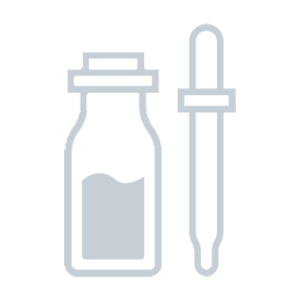Comparison between Mad Hippie Triple C Night Cream vs. Mad Hippie Microdermabrasion Facial
- 33 components -
- 27 components -
Find out which product is better for your skin.
Ingredients in both products 9
Components only in Mad Hippie Triple C Night Cream 24
Carthamus Tinctorius (Safflower) Oil, Isopropyl Palmitate, Tetrahexyldecyl Ascorbate, Magnesium Ascorbyl Phosphate, Ascorbyl Glucoside and 19 more. Show all.
Uniqueness: 72.7%
Components only in Mad Hippie Microdermabrasion Facial 18
Disodium Cocoamphodiacetate, Bambusa Arundinacea (Bamboo) Stem Extract, Lactic Acid, Glycolic Acid, Pumice and 13 more. Show all.
Uniqueness: 66.7%
Face to Face
Components position by position
1
Water
1
Water
2
Carthamus Tinctorius (Safflower) Oil
2
Disodium Cocoamphodiacetate
3
Isopropyl Palmitate
3
Bambusa Arundinacea (Bamboo) Stem Extract
4
Tetrahexyldecyl Ascorbate
4
Lactic Acid
5
Magnesium Ascorbyl Phosphate
5
Glycolic Acid
6
Ascorbyl Glucoside
6
Pumice
7
Cetyl Alcohol
7
Mandelic Acid
8
Glycerin
8
Vaccinium Myrtillus (Bilberry) Fruit Extract
Show others
Positive Effects
Find out what good effects the product has
Both products provide the following effects: Antioxidant, UV Protection, Moisturizing, Cleansing, Acne fighting, Pore Shrinking, Softening, Soothing, Anti-aging, Lightening, Healing, Elasticity improvement, Rejuvenation, Antifungal, Antiseptic, Antiviral, Regeneration, Protection, Hair conditioning, Hair strengthening, Hair structure improvement, Hair gloss
Effects unique for Triple C Night Cream:
Antistatic, Nutrifying, Deodorant, Anti dandruff, Hair follicle nutritionEffects unique for Microdermabrasion Facial:
Anticellulite, Tones up skin, Hair growth stimulating-- Show more --
ECO Metrics
Find out how eco-friendly the components are
Vegan
No
No
Cruelty free
Yes
Yes
Reef safe
Yes
Yes
Ozone layer safe
Yes
Yes
Organic score
natural
14 out of 33
42%
chemical
14 out of 33
42%
natural
14 out of 27
52%
chemical
4 out of 27
15%
Concerns
Pay attention to this information
-- Extra information --
Components by Skin Type
Find out what components are good or bad for your skin type
Dry skin
Positive: 5Negative: 0
Glycerin#8Stearyl Alcohol#11Sodium PCA#24Sodium Hyaluronate#27Allantoin#31
Oily skin
Positive: 2Negative: 4
Calendula Officinalis (Pot Marigold) Flower Extract#20Allantoin#31Isopropyl Palmitate#3Glyceryl Stearate SE#10Stearic Acid#12Glyceryl Stearate SE#13
Sensitive skin
Positive: 1Negative: 0
Allantoin#31
Dry skin
Positive: 1Negative: 0
Glycerin#15
Oily skin
Positive: 3Negative: 2
Glycolic Acid#5Camellia Sinensis (Green Tea) Leaf Extract#17Calendula Officinalis (Pot Marigold) Flower Extract#18Myristic Acid#13Stearic Acid#19
Sensitive skin
Positive: 0Negative: 2
Lactic Acid#4Glycolic Acid#5

